How to get rid of dandelions in a lawn: expert tips for removing them
Our simple guide on how to get rid of dandelions in a lawn will help you remove them with ease and stop them from growing back
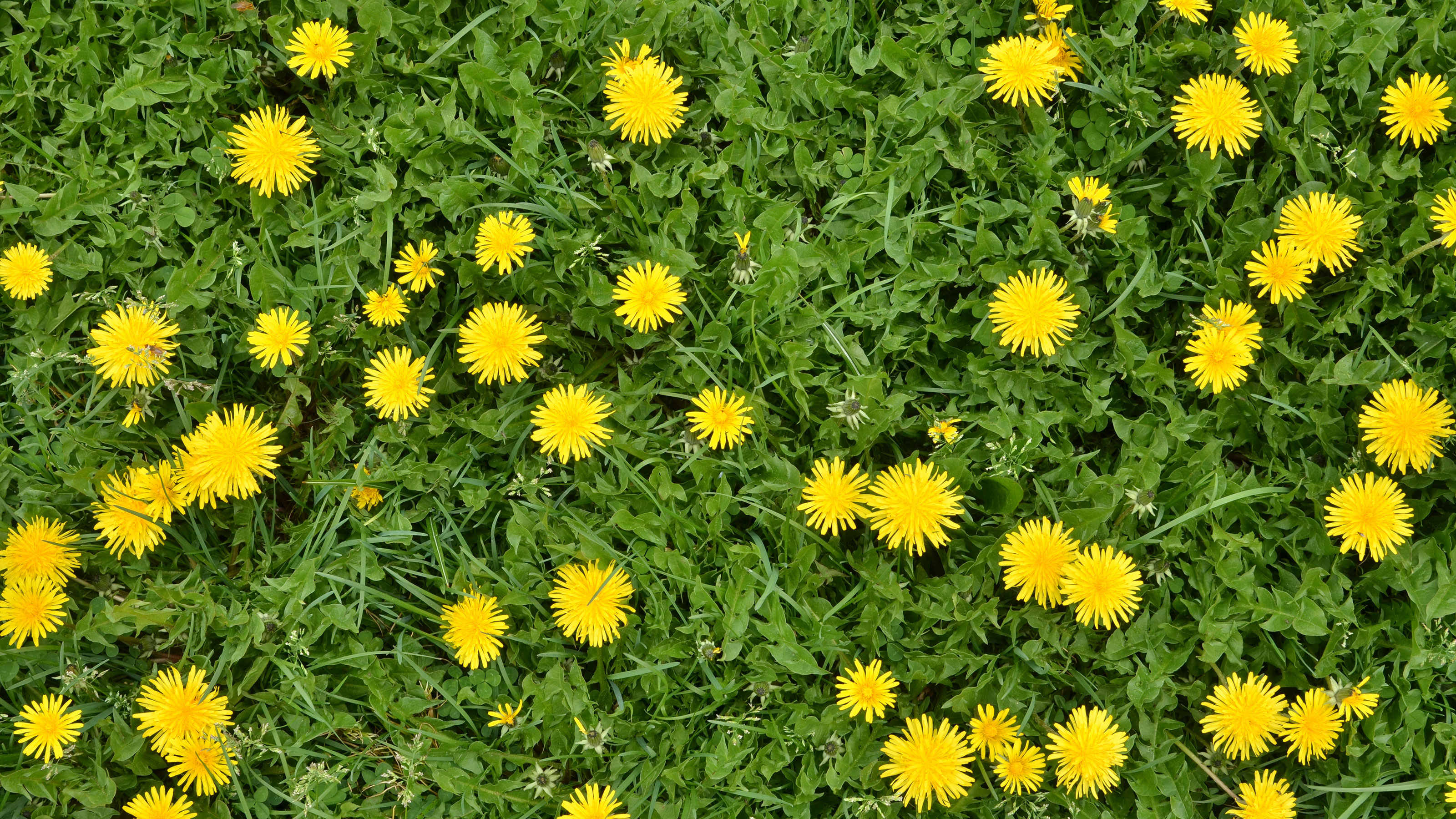

Looking for ways to improve your lawn? Then knowing how to get rid of dandelions in a lawn could come in handy to improve your chances of having smart looking turf.
Dandelion (Taraxacum officinalis) is not the worst weed in the world, having sun-yellow flowers that provide nectar for bees. But many gardeners loathe it because it is perennial (meaning it lives for years) and it can easily reproduce.
The common name comes from the French dent-de-lion (lion’s tooth), since the leaves resemble teeth and the flowers are lion gold. Many of its other old names – including fairy clock and blowball – relate to the globular clock-like seedheads that children (to the horror of adults who want weed-free lawns) love to blow into the wind, while making a wish.
Deadheading to prevent these parachute-like seeds from forming is one of the lawn care tips you can follow to reduce dandelions in the garden. An established clump of dandelions can bloom from late spring to mid fall, potentially producing over 10,000 seeds in a year!
With that in mind, our easy tips will give you plenty more solutions for tackling these common lawn weeds.
Find out how to get rid of dandelions in a lawn in 3 easy steps
Follow our simple step-by-step advice and get your lawn ideas looking in great shape for summer and beyond.
1. Mow the lawn regularly
Getting your best lawn mower out of the shed and cutting the grass regularly during the growing season is one of the simplest and most effective ways for how to get rid of dandelions in a lawn.
‘In my experience, dandelions don’t tolerate regular mowing,’ says Sandy Reid, Director of Greenkeeping at the St Andrews golf courses in Scotland. ‘Mowing is an especially effective cultural (non-chemical) control when the cutting height is 3/4in (19mm) or less.’
Remember to mow with the bagging attachment on once the dandelions have started setting seed (which can be as early as mid to late spring), to ensure the seed is collected and contained. The seedheads are spherical and white. Do not dispose of lawn clippings that contain dandelion seedheads on the compost heap because the seed can live buried for five years.
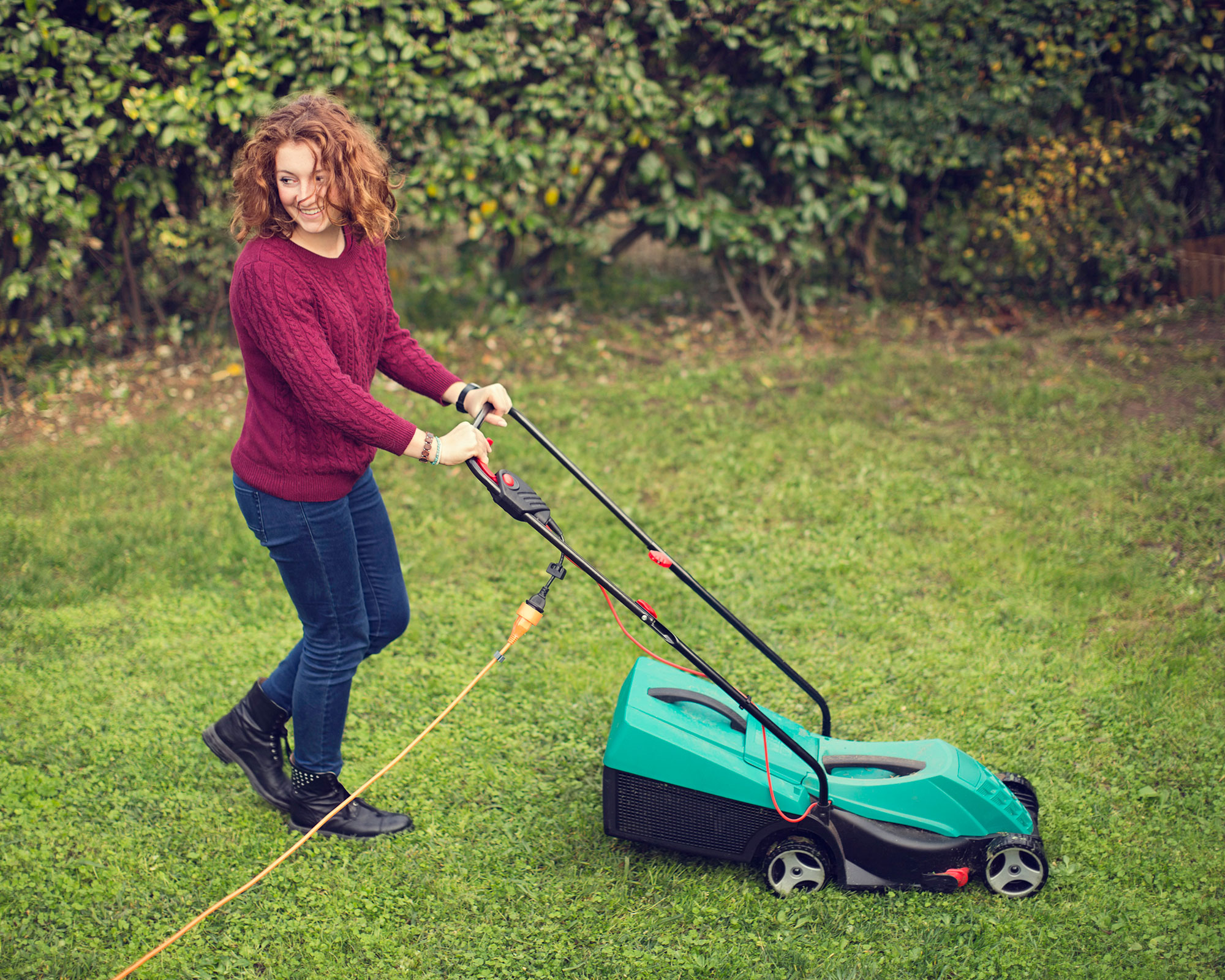
2. Dig out all of the root
Removing dandelions by hand can be an effective method for how to get rid of lawn weeds, but the correct weeding technique is vital. The entirety of the very long taproot must be removed, otherwise the plant might regrow.
‘If only a few dandelions are present in the lawn, digging out the leaves, crowns, and the taproot from the soil eliminates individual plants,’ says Peter Landschoot, Professor of Turfgrass Science at Penn State College of Agricultural Sciences.
The easiest time to do it is early spring before young plants get too big. It’s worth investing in a good quality dandelion weeder tool (try Amazon), which is a long metal tool with a sharp fishtail end. Loosen the soil around the deep tap root and pull out gently when you feel you have the whole root free. In very compacted soil, this may be impossible, so just take out as much as possible.
‘Fill in the holes with soil and plugs of turf to reduce the chances of reinfestation,’ says Peter. You could also add some compost to boost soil nutrition, in turn preventing weeds, and you could plant grass seed instead of using turf.
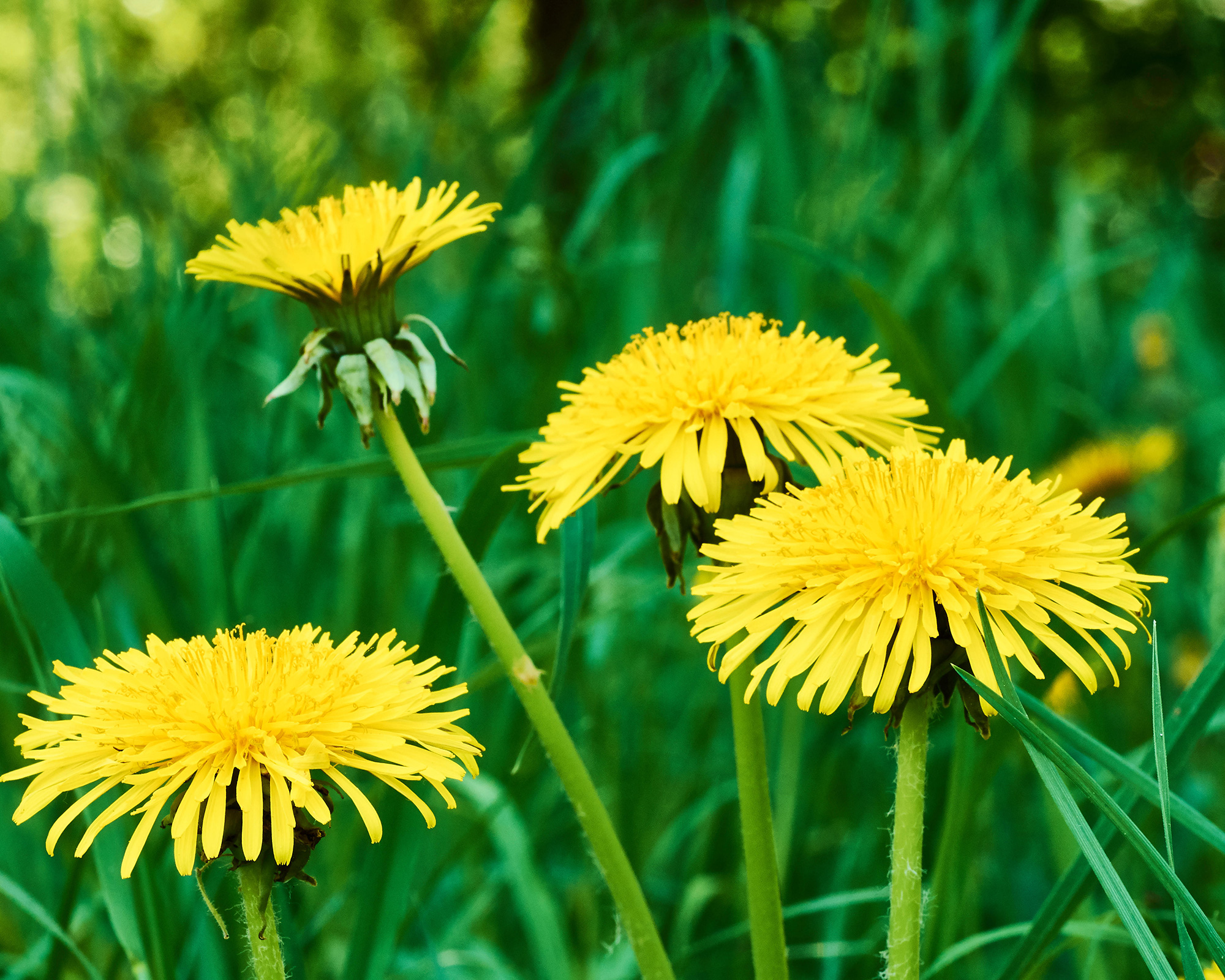
3. Maintain grass dominance and health
‘Weeds such as dandelions are rarely found on lawns where grass is the dominant plant,’ says David Hedges-Gower, Chairman of The Lawn Association. ‘They’re more often found on very poorly maintained lawns, where grass is not the most dominant. The first point of weed control is healthy, dense grass of the right species (native) – looking after a lawn well (without herbicides) will give you a dense canopy of grass. With that approach as the most eco-friendly weed control, dandelions will only ever be a small problem.’
If your lawn care regime is good (including correct mowing, scarifying the lawn annually, and regularly aerating the lawn) and your grass seems dense and healthy, a spread of dandelions could be a sign of low calcium levels in the soil. Therefore, adding lime is an option.
If your grass looks sparse in places, sprinkle grass seed over it. This is best done in the fall. The resulting denser growth should help to prevent perennial weeds, such as dandelions, dominating.
Keeping on top of your regular lawn care is also essential when it comes to how to get rid of lawn moss and how to get rid of clover on a lawn.
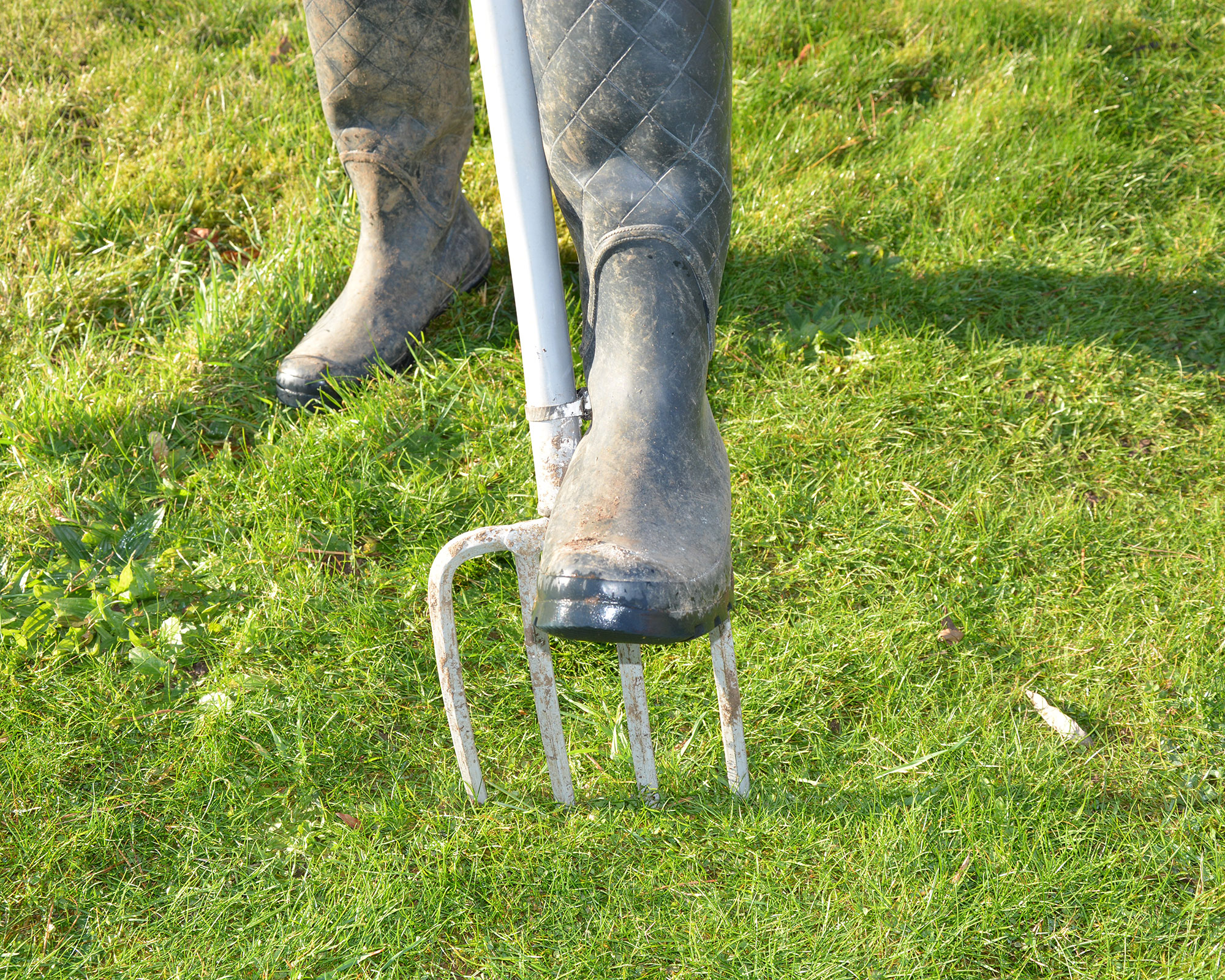
Should I use weed killer on dandelions?
In wildlife gardens, chemicals should be used as a last resort. There are more eco-friendly, effective methods for how to get rid of dandelions in a lawn that you should try before you reach for the weed killer.
- Flame throwing: A simple but effective method for how to get rid of dandelions in a lawn is to use a flame gun (try Amazon) to spot treat dandelions. Buy one with an ignition switch for safety, and don’t use it on lawns that have a high thatch content or during prolonged dry or windy weather. Only focus the flame on the dandelion for a few seconds, otherwise you may damage the surrounding soil or grass. Repeat daily or every few days until the dandelion is dead.
- Sun blocking: Paul Tukey, author of The Organic Lawn Care Manual, available on Amazon, advises covering patches of persistent weeds with heavyweight black pond liner to block air and light. ‘Total dieback can take anywhere from one week in the heat of summer to two months in the cold of winter,’ he says. Afterwards, add compost and sow grass or lay turf to prevent new weeds taking hold. There are lots of tips on how to lay turf in our dedicated guide.
- Vinegar: Eco-friendly weed killer alternatives often contain vinegar, lemon juice, or clove oil, but they can damage the soil and kill grass nearby and are only effective if temperatures are over 65°F (18°C). If you learn how to make homemade weed killer, make sure you apply to the dandelion leaves only, ensuring rain is not forecast.
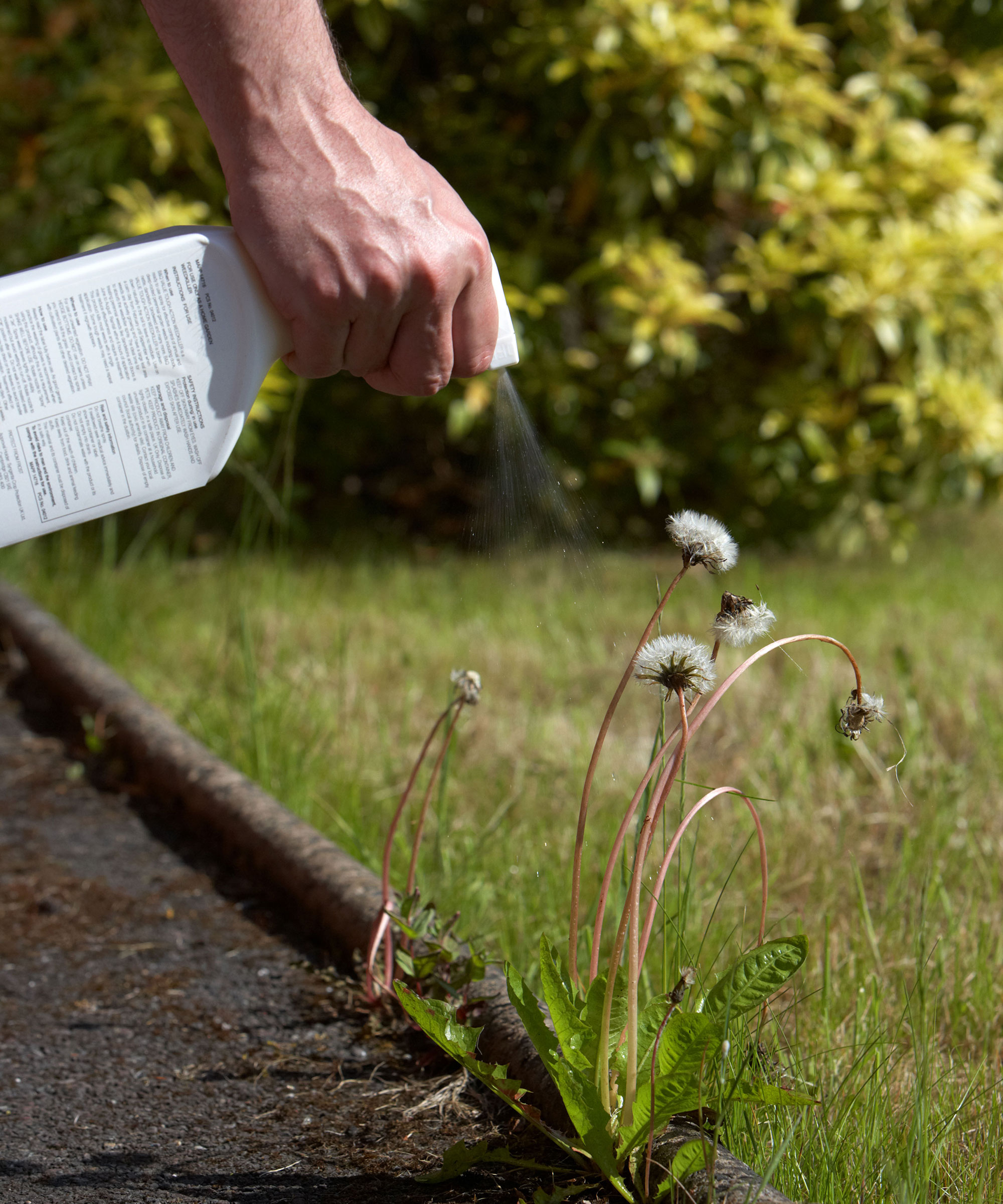
Are there any benefits to leaving dandelions in your lawn?
The main benefit for most gardeners is that the dandelion flowers are a bee-friendly plant, providing bees with valuable nectar. But some people eat dandelions and like to grow them as edible flowers: for instance, the young, peppery, vitamin-rich leaves can be added to salads.
Anyone plagued by dandelions in their lawn may shriek with horror at learning that in times gone by dandelion was cultivated as an herb for food and medicine. The plant is a diuretic, which explains another of its common names: pee-in-the-bed (or piss-a-beds, as the herbalist Culpeper called it). The flowers were once used to make wine and, during World War II, the roots were used to make a coffee substitute.
If you fancy trying dandelion ‘coffee’, it is sold in most health food shops, as is dandelion herbal tea, which is drunk to aid digestion. Fizzy, delicious dandelion and burdock pop has been drunk in Britain since the Middle Ages and is similar to root beer.
If you've been considering rewilding part of your garden, a good option could be to let dandelions grow on a section of your lawn to help boost the wildlife in your plot.

For the past 18 years, Beth has worked for and contributed to a number of leading magazines in the UK, including Real Homes, Ideal Home, Period Living, Grand Designs and Good Homes amongst others. Now the editor of Gardeningetc.com, Beth's attention is firmly outdoors. Her own garden is a really important part of her family's home, and she loves spending time tending to the veg patch or entertaining friends and family at a summer BBQ or alfresco pizza night.
